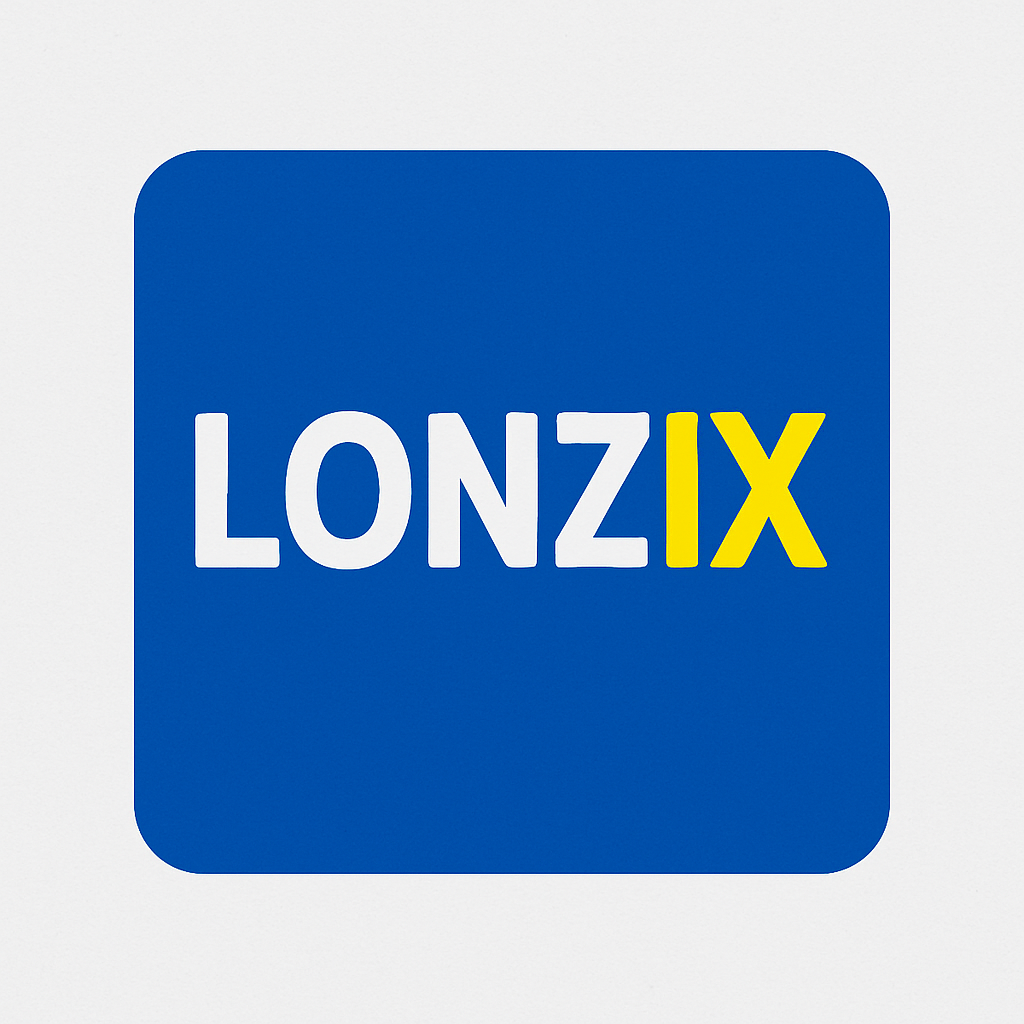

In the digital era, data is the new fuel driving innovation, efficiency, and business growth. Every organization — regardless of size or industry — generates massive volumes of data every day. But raw data alone holds little value; it’s the ability to interpret and act on that data that defines a company’s success.
At Lonzix, we believe that data analytics is no longer optional — it’s essential. Businesses that harness analytics make smarter decisions, anticipate trends, and deliver superior customer experiences. This article explores how data analytics empowers companies to gain a competitive edge and stay ahead in an increasingly data-driven world.
The Power of Data in the Modern Business Landscape
Over the past decade, the explosion of digital tools, cloud computing, and IoT (Internet of Things) has transformed how businesses operate. Companies are now collecting data from websites, mobile apps, sensors, customer interactions, and social platforms.
However, only a fraction of that data is analyzed effectively. Many organizations still rely on outdated spreadsheets or manual reporting methods that fail to reveal deeper insights. Data analytics changes this by turning complex datasets into actionable intelligence.
Through descriptive, diagnostic, predictive, and prescriptive analytics, businesses can move from simply reporting what happened to predicting what will happen — and deciding what to do next.
Key Benefits of Data Analytics for Businesses
1. Smarter Decision-Making
Data-driven organizations make decisions based on facts, not assumptions. Analytics tools like Power BI, Tableau, and Google Looker provide visual insights into sales trends, market shifts, and customer behavior. With this clarity, leaders can respond quickly and confidently to business challenges.
2. Improved Customer Understanding
Data analytics helps businesses understand customer preferences, buying patterns, and satisfaction levels. For example, e-commerce companies analyze browsing behavior to personalize recommendations, while service firms use customer feedback data to improve performance.
This deep understanding allows brands to build trust, loyalty, and long-term engagement.
3. Operational Efficiency
From supply chain optimization to workforce management, analytics streamlines operations. Retailers can forecast inventory demand, manufacturers can reduce production waste, and logistics companies can plan efficient delivery routes using real-time data.
At Lonzix, we integrate analytics-driven systems that help clients track performance metrics, identify bottlenecks, and reduce operational costs.
4. Risk Management
Predictive analytics allows organizations to identify potential risks before they escalate. Financial institutions use it to detect fraud, insurers apply it to forecast claim risks, and cybersecurity firms use it to spot anomalies that could signal data breaches.
By detecting warning signs early, businesses can protect assets and maintain trust with customers.
5. Innovation and Growth
Data analytics doesn’t just solve problems — it inspires innovation. By studying patterns and market gaps, companies can identify new opportunities, launch targeted marketing campaigns, and develop products that align with customer demand.
How Businesses Are Using Data Analytics Today
- Retail & E-commerce – Personalizing product recommendations, optimizing inventory, and tracking customer journeys.
- Finance & Banking – Detecting fraudulent activity, managing credit risk, and improving portfolio performance.
- Healthcare – Predicting patient outcomes, improving treatment efficiency, and optimizing resource allocation.
- Marketing – Measuring campaign performance, segmenting audiences, and improving ROI through attribution modeling.
- Manufacturing – Monitoring equipment health, reducing downtime, and enhancing production quality.
Whether you’re a small startup or a large enterprise, analytics offers measurable results across all areas of business.
The Role of Data Analytics Tools and Platforms
Modern analytics relies on a combination of software, automation, and AI. Popular tools include:
- Microsoft Power BI – For interactive dashboards and business intelligence.
- Google Analytics 4 – To track website performance and user behavior.
- Tableau – For advanced data visualization.
- Python and R – For statistical analysis and predictive modeling.
- Apache Spark & Hadoop – For processing large datasets at scale.
At Lonzix, we leverage these tools to design customized analytics frameworks that help clients transform data into strategic value.
Challenges Businesses Face in Implementing Analytics
While the benefits are clear, many organizations struggle with analytics adoption. Common challenges include:
- Data Silos: Information stored in disconnected systems limits analysis.
- Poor Data Quality: Inaccurate or incomplete data leads to misleading insights.
- Skill Gaps: Many teams lack trained analysts or data scientists.
- High Costs: Investing in infrastructure and tools can be expensive without a clear roadmap.
The solution lies in developing a data-first culture — one that prioritizes collaboration, continuous learning, and smart technology adoption.
The Future of Data Analytics
The next generation of analytics is powered by AI, automation, and cloud computing. Predictive and prescriptive analytics will help businesses make decisions faster, while natural language interfaces will simplify how users interact with data.
In the near future, real-time analytics dashboards and automated insights will become standard practice. Businesses that adopt early will not only respond faster to market changes but also predict them before competitors do.
Building a Data-Driven Future with Lonzix
In a world flooded with information, success depends on the ability to make sense of data. Companies that embrace analytics today are shaping the future of innovation and growth.
At Lonzix, we specialize in building powerful analytics-driven solutions that help organizations uncover insights, streamline processes, and make data-backed decisions. Our team empowers businesses to transform raw information into a strategic asset — giving them the clarity to move forward with confidence.


